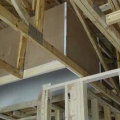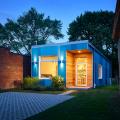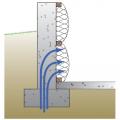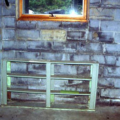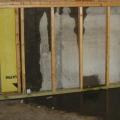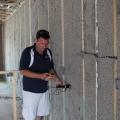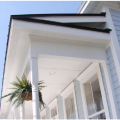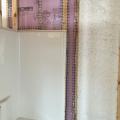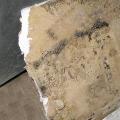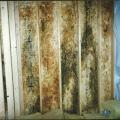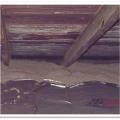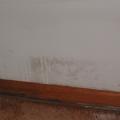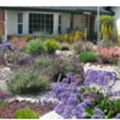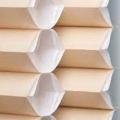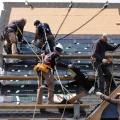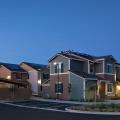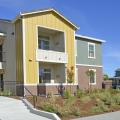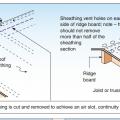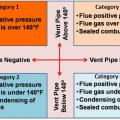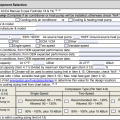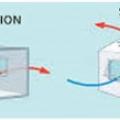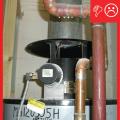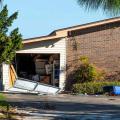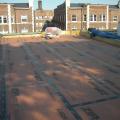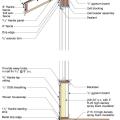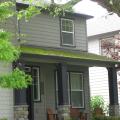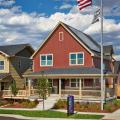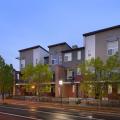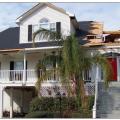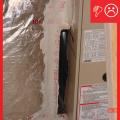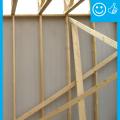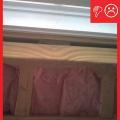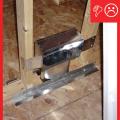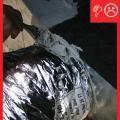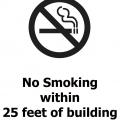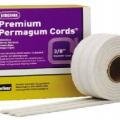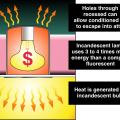Showing results 1951 - 2000 of 4973
Modern low-E storm windows can significantly improve the energy performance of the home by reducing both air infiltration and thermal conductance through the window assemblies
Module Design built this custom for buyer home in the cold climate in Pittsburgh, PA, and certified it to DOE Zero Energy Ready Home specifications in 2019.
Module Design built this custom spec home in the cold climate in Pittsburgh, PA, and certified it to DOE Zero Energy Ready Home specifications in 2021.
Moisture can migrate from below the foundation to the basement wall and insulation cavity in a conventional blanket insulation installation
Moisture from sprinkler seeped through the concrete block causing water stains and mold inside.
Moisture levels are checked in the blown cellulose insulation before enclosing the walls.
Moisture-resistant plastic and fiber cement exterior trim and cladding are indistinguishable from wood building elements.
Moisture-resistant rigid foam insulation was installed to provide a continuous air and thermal barrier behind the tub-shower insert.
Mold on the sheathing in this attic occurred after attic ventilation was increased
Most residential heat pumps are installed incorrectly and with energy-wasting faults.
Mulch can provide many benefits to a landscape.
Multi-layer honeycomb cellular shades such as these can provide summertime energy savings by blocking and reflecting solar heat, as well as wintertime energy savings by providing added insulation.
Murphy Brothers installed a 4.5-kW photovoltaic system using solar electric shingles that integrate into the roof for a lower profile than raised panels on the DOE Zero Energy Ready Home.
Mutual Housing built this multifamily home in the hot-dry climate in Sacramento, CA, and certified it to DOE Zero Energy Ready Home specifications in 2015.
Mutual Housing California built this affordable home in the hot-dry climate in Woodland, CA, and certified it to DOE Zero Energy Ready Home specifications in 2020.
Nailing and ridge ventilation for roof sheathing used as a structural diaphragm in high-wind and seismic hazard areas.
National Fuel Gas Code (NFPA 2012) identifies four categories for combustion furnaces and water heaters based on combustion type (sealed or unsealed) and vent pipe temperature
National HVAC Design Report - Cooling Equipment Selection (Version 3 / 3.1 (Rev. 09))
Natural ventilation can be wind-driven (cross ventilation) or buoyancy-driven (stack ventilation)
Negative pressures caused by high winds pulled this garage door out of its tracks
New Charleston, SC home's first level used as parking, storage, and access space
New coated OSB roof sheathing is installed over the existing sheathing of the flat roof and taped at the seams to provide a continuous air barrier
New roofs are not immune to moss, which can spread quickly under favorable conditions like constant shade and low roof pitch.
New Town Builders built this production home in the cold climate in Denver, CO, and certified it to DOE Zero Energy Ready Home specifications in 2013.
New Town Builders built this production home in the cold climate in Denver, CO, and certified it to DOE Zero Energy Ready Home specifications in 2014.
New Town Builders, now known as Thrive, built this multifamily home in the cold climate in Denver, CO, and certified it to DOE Zero Energy Ready Home specifications in 2015.
Newer home damaged from internal pressurization and inadequate connections, Hurricane Katrina.
Non-hardening removable putty can be used to seal around wiring holes in the HVAC cabinet

